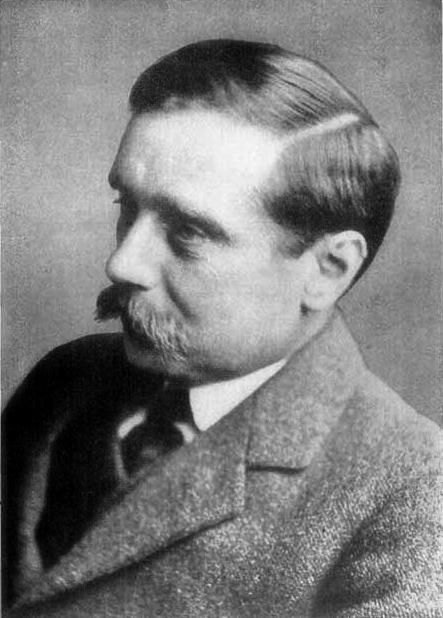“A Deal in Ostriches” is a short story by the English author H. G. Wells, first published in The Pall Mall GazetteEvening newspaper launched in London in 1865, which introduced investigative journalism into British journalism, along with other innovations. in 1894; it was subsequently included in The Stolen Bacillus and Other IncidentsCollection of 15 short stories by H. G. Wells, first published in 1895. (1895). A tale of human greed, the story concerns an ostrich which is alleged to have swallowed a diamond.[1] It is told as a third-person narrative by the taxidermist who had appeared earlier in another of Wells’s short stories, “The Triumphs of a Taxidermist”Humorous short story by H. G. Wells first published in 1894. (1894).
The taxidermist is conversing with an unnamed acquaintance about the price of birds when he tells the story of a bird auction on an East India Company ship en route from India to London. Sir Mohini Padishah, a wealthy native Indian, is a passenger on board. An unnamed caretaker is on deck with five ostriches when one of the birds grabs the diamond from Padishah’s turban and swallows it, after which the bird becomes mixed with the others during the resulting confusion. Word of the incident quickly spreads throughout the ship as Padishah demands the return of his diamond, but he refuses to buy the birds, instead demanding his rights as a British subject and saying that he will appeal to the British House of Lords for the return of his property.
The passengers debate the legalities of the situation, but as there is no barrister on board much of the discussion is speculative. Padishah demands the ostriches from the caretaker, who cannot hand them over because they do not belong to him. Following a stopover in Aden, Padishah offers to buy all five birds. The caretaker refuses, but tells him that another passenger, Potter, made a similar offer. While in Aden, Potter had telegraphed the birds’ owner in London, and his answer would be waiting in Suez. He intends to kill the birds to find the diamond. Padisha rages over this, and the taxidermist curses himself for not having thought of it.
The birds’ owner accepts Potter’s offer, and he promptly offers to sell the birds to Padishah for more than twice what he paid for them. When Padishah hesitates, Potter sells the birds at auction on the ship. Interest in the sale increases when a Jewish diamond merchant assesses the missing diamond as worth between three and four thousand pounds.[a]In terms of average earnings, £4,000 would be the equivalent of about £1.75 million as at 2018.[2] The first bird to be sold is slaughtered on the deck, which prompts Potter to forbid any further slaughter until landfall in London. The price for each subsequent bird increases, netting Potter more than one thousand pounds. Padishah provides each new owner with his address and begs each man to mail the diamond to him if he should find it, but they show little interest and go their own ways after disembarking.
A week later, the taxidermist sees Padishah and Potter together in London. Padishah was indeed an eminent Hindu, and the diamond was real, but the taxidermist doubts that the bird actually swallowed the precious stone.
See also
- H. G. Wells bibliographyList of publications written by H. G. Wells during the more than fifty years of his literary career.
Notes
| a | In terms of average earnings, £4,000 would be the equivalent of about £1.75 million as at 2018.[2] |
|---|
References
Bibliography
External links
- Full text of “A Deal in Ostriches” at Project Gutenberg

